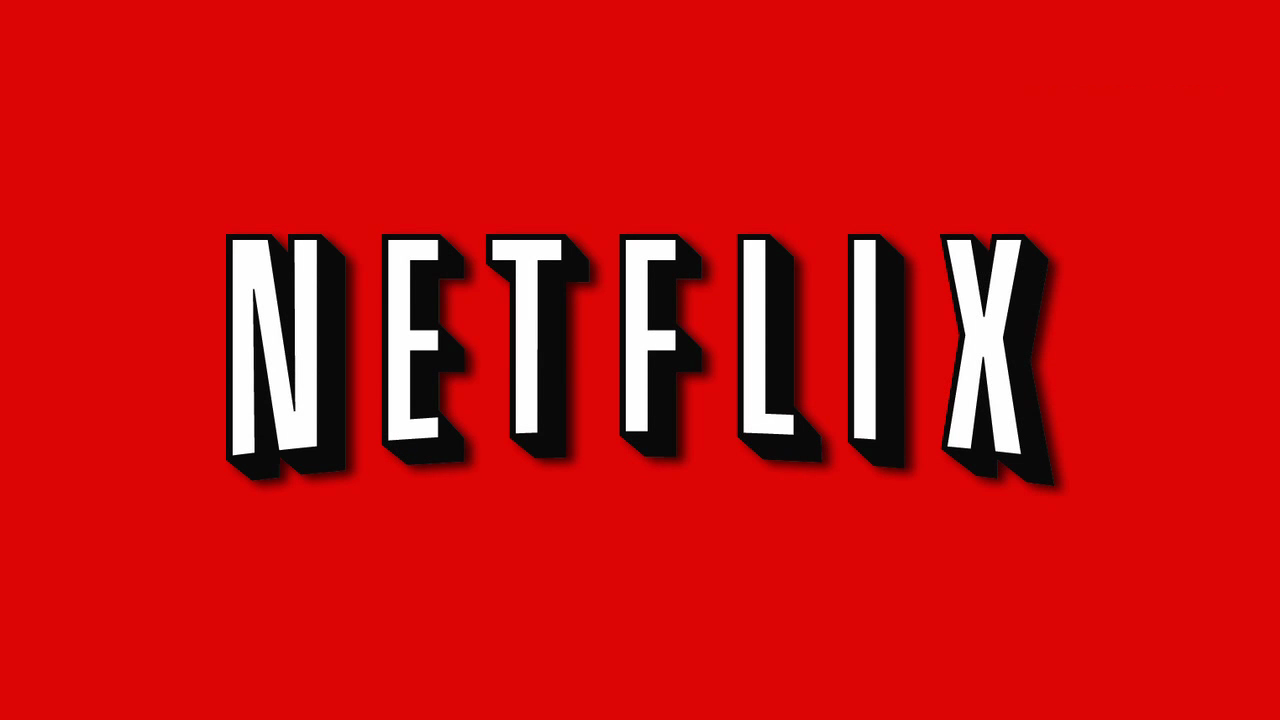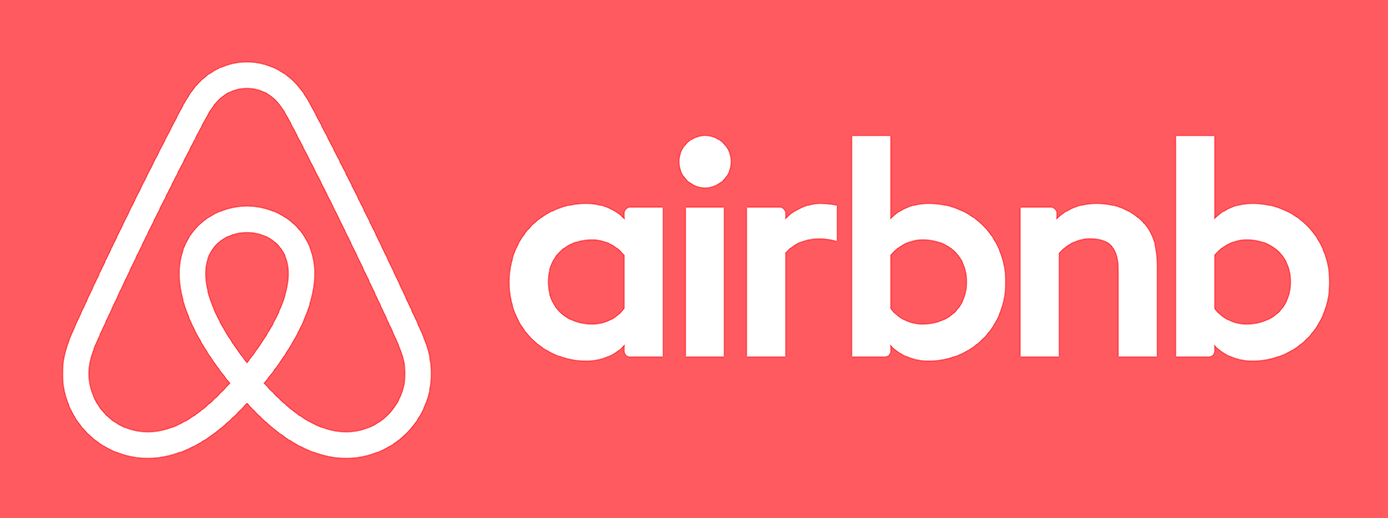“Disruptive Innovation” is a term that came into existence some 20-odd years ago, but does it mean today what it meant when it originated?
The Harvard Business Review recently published an article examining how we use the phrase today and whether or not it is accurately portrayed. The eight-page spread brings to light an important issue in the business realm: Can misunderstanding a 20-year-old theory be detrimental to your company in 2016? According to the review, the answer is “yes.”
To comprehend this accusation, we must first look at what it means to introduce a truly disruptive innovation. The theory of disruptive innovation was invented by Clayton Christensen of Harvard Business School in his book, “The Innovator’s Dilemma.” According to its definition, to be genuinely “disruptive,” the product or service must target either a low-end foothold or a new-market foothold.
A low-end foothold depicts those individuals or companies at the bottom of the market. Innovators who target the low-end foothold offer products or services that are more affordable than those currently on the market. According to the theory, incumbents typically try to provide their most profitable customers with products or services that are constantly improving; this leads them to pay less attention to those who either cannot or do not want to pay more money for a greater value that may not be necessary for them. They tend to overshoot this low-end group.
The disruptive innovators start by offering a lower-quality product or service to capture the low-end foothold. They then increase the quality and price over time and are able to gradually take over more and more of the overall audience. This can result in the disruptive innovator eventually dominating the market.
Now, let’s take a look at the new-market foothold. In this instance, disruptive innovators create a market where none existed, therefore, targeting an entirely new category of consumers. The Harvard Business Review looks at Xerox as an illustration for this theory. Xerox originally targeted large corporations and charged high prices in the early days of photocopying technology. Because they could not afford it, more limited businesses such as schools, mailrooms, and other small companies made do with carbon paper or mimeograph machines. Fast-forward to the late 1970’s: disruptive innovators introduced personal copiers. This offered an affordable solution to those small organizations, therefore, creating a brand new market. Personal copiers would grow to eventually take on a major position in the mainstream photocopier market valued by Xerox.

The article next examines Netflix – a prime example of disruptive innovation. When Netflix initially launched in 1997, the company exclusively offered services online, where customers could order DVDs and have them mailed to their homes a few days later. This was a new-market foothold. At the time, the most comparable company was Blockbuster, but even Blockbuster did not see Netflix as a threat because they serviced two separate markets – at least, at first.
New technologies allowed Netfilx to expand to streaming video over the internet. This appealed to Blockbuster’s core customers, and as we know, eventually caused the company to go out of business, thus displaying the power of disruptive innovation.
Another recent example of disruptive innovation is Airbnb. The company launched nine years ago and, in its near decade of existence, has gained a great deal of ground on the hotel industry. According to a recent article published in FastCompany’s 2016 Leadership Issue, Airbnb has played host to more than 70 million guests, with 40 million of those joining in 2015 alone. The article indicates that Airbnb now offers more rooms for rent than even the world’s biggest hotel chains, including Marriott International and Hilton Worldwide.
When Airbnb arrived on the scene, it targeted the low-end foothold – people who wanted to travel but could not necessarily afford high hotel rates. Brian Chesky, Airbnb’s CEO, says the idea was born when he rented three air mattresses in his apartment to people in San Francisco for a design conference, in order to help pay the rent. He says Airbnb gives people not only a place to stay, but a picture of what life is like in different places all over the globe – something a typical hotel cannot compete with, making it a truly disruptive innovation.
This is exactly why it is crucial that we, as executives, correctly and completely comprehend the definition. Disruptive innovation can be a threat to competition because of its cunningness. If an innovation is truly disruptive, the competition is not even aware that it is the competition. Blockbuster did not counter to Netflix’s moves because it did not view Netflix as a threat, which ultimately led to its downfall. As CEOs, directors and supervisors, we have to pay attention to disruptive innovators and, perhaps more importantly, grasp the concept so we ourselves can offer disruptive innovations.
Though the theory is two decades old, it continues to expand. We must, therefore, follow the conversation and even initiate conversations of our own so that we can more accurately predict which businesses will succeed. As researchers continue to build on the theory, we must remain informed and protect the true meaning of disruptive innovation so we can use it as a tool in our ventures to both defend and grow our own vision.
Let's Redefine "Disruptive Innovation"
Recent Posts
- Liza Cirlot Looser Featured on The Troy Gramling Podcast to Discuss the Success of The Cirlot Agency
- Ole Miss School of Business Center for Innovation and Entrepreneurship Honors Liza Cirlot Looser as Farrington Distinguished Entrepreneur of the Year
- Mississippi Senate Confirms Colby Jordan to Serve on the Mississippi Business Finance Corporation
- Cirlot Adds Brand Strategist – Sabrina Turner
- Merry Christmas and Happy 2021!




